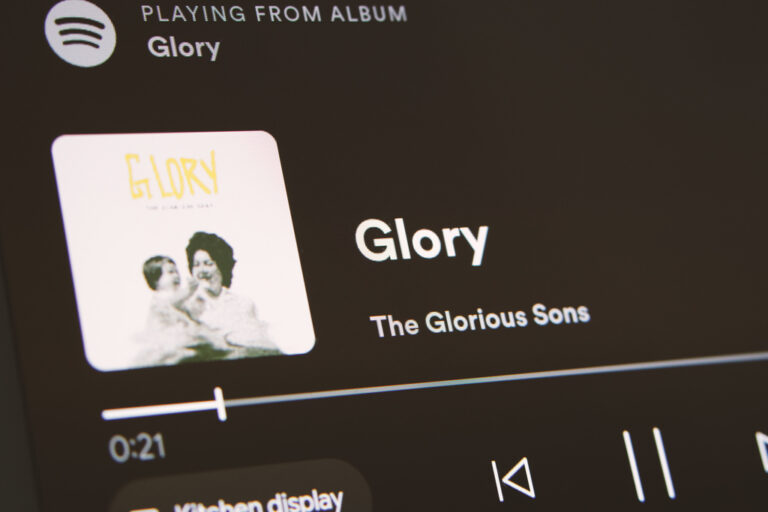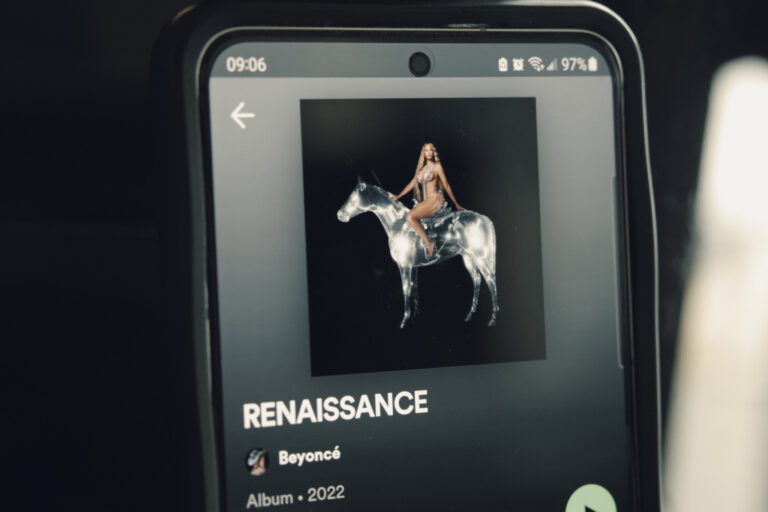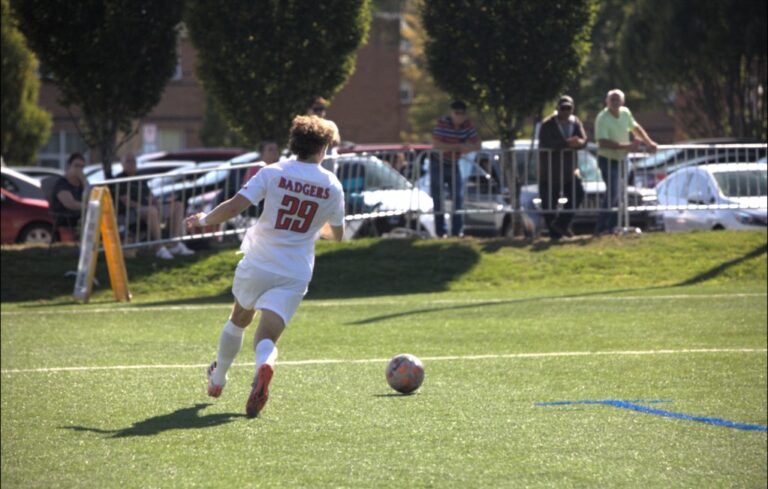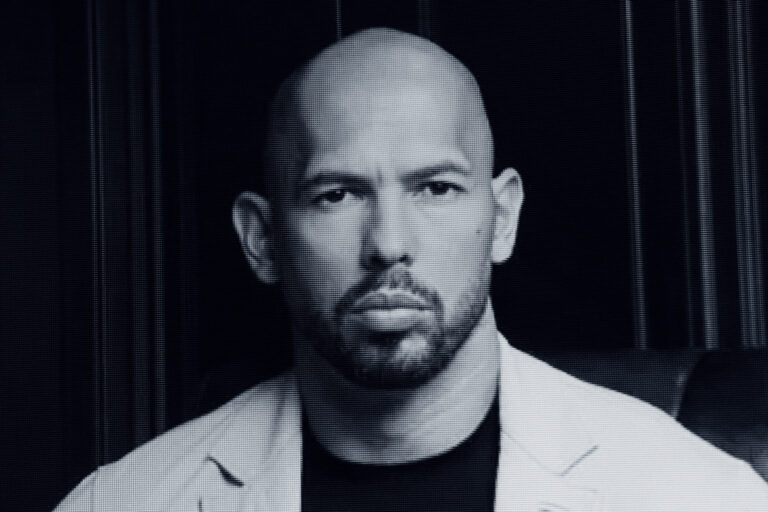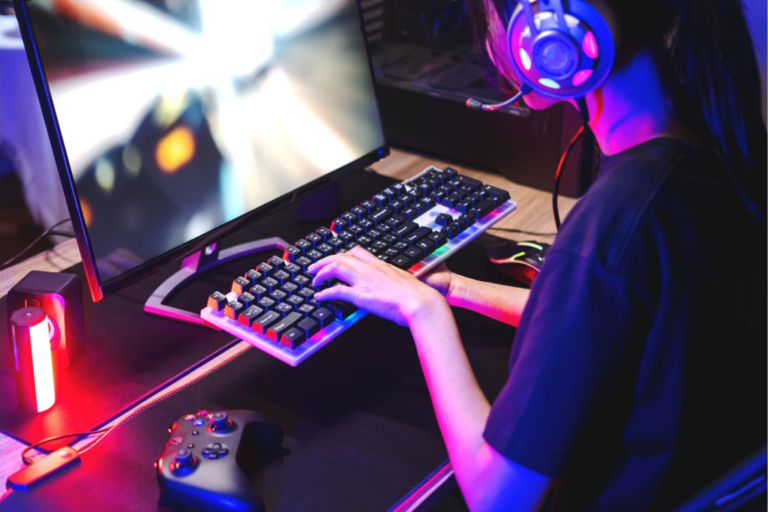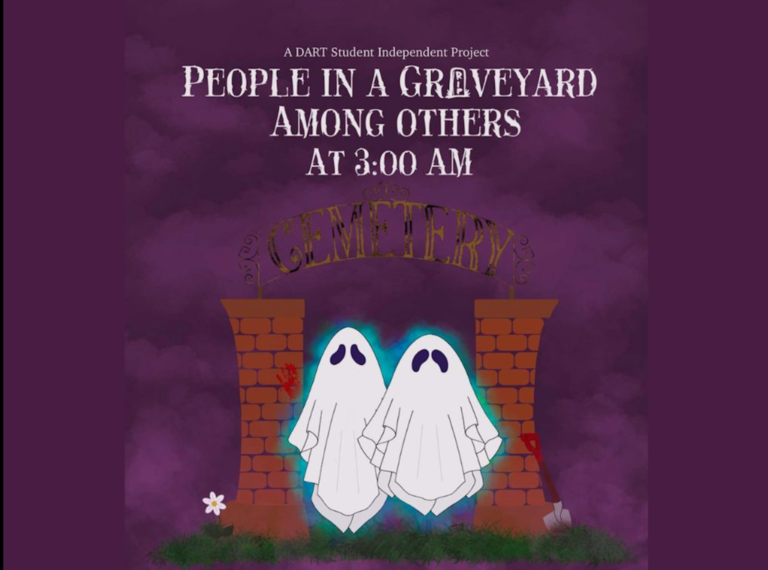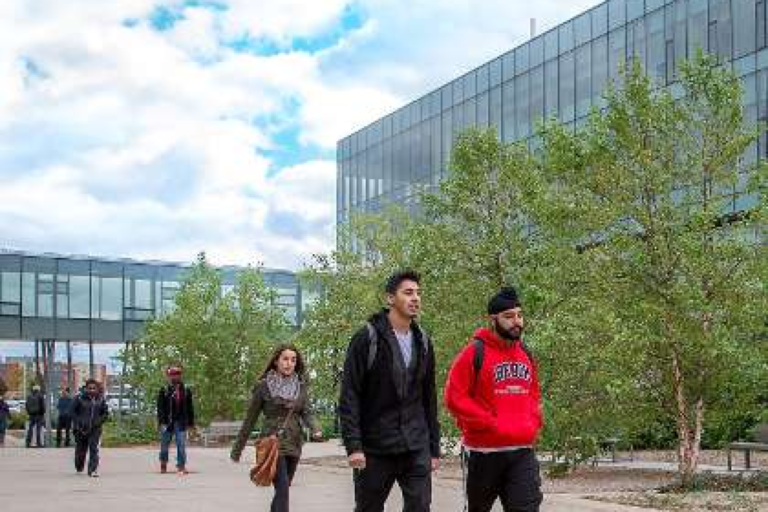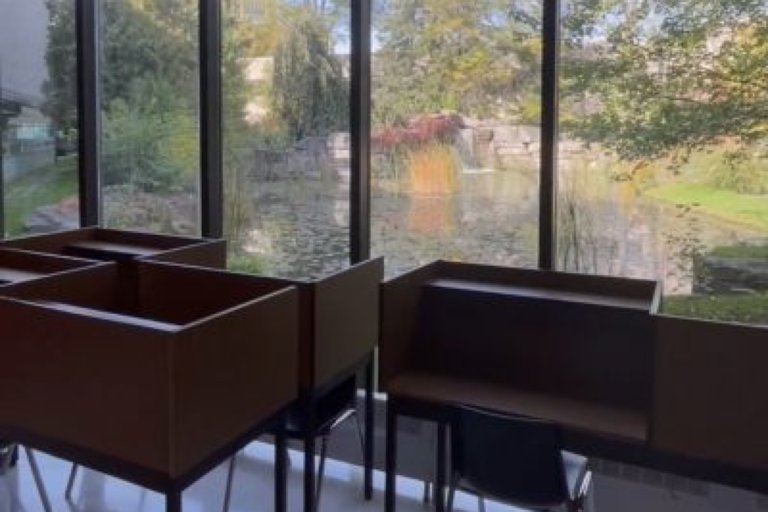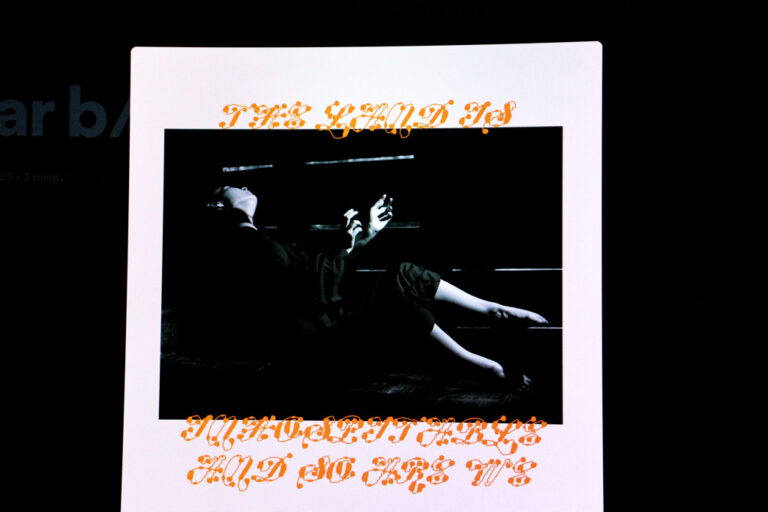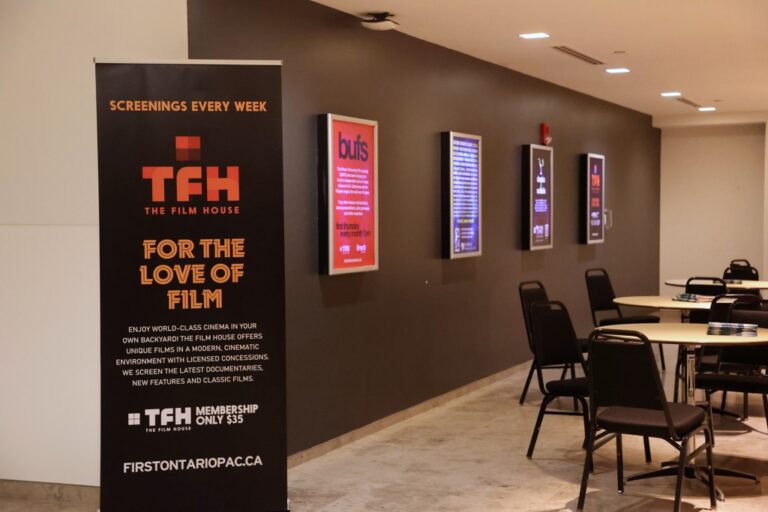People born after injustices done in the name of their country aren’t responsible for those injustices simply by proxy. But responsibility for the past policy actions of one’s own nation re-enters the discussion if we don’t object to their continued effects on others today, or structurally similar contemporaneous policies.
A debate was held in early July on The Culture War with Tim Pool between supposedly centrist-commentator and proprietor of the show, Tim Pool; left-of-centre commentator Emma Vigeland, co-host of The Majority Report; and right-wing commentator Sean Fitzgerald, A.K.A. Real Social Justice Warrior.
During the debate, the question of responsibility for foreign policy actions done by an individual’s own country before their being alive or being of voting age became a point of contention between Vigeland and Pool.
This specific disagreement was a sub-argument within a broader disagreement about the United States’ – both Vigeland’s and Pool’s home country – funding of Ukraine’s defence against Russia’s invasion.
Pool thinks the United States’ funding of Ukraine is another example of classic US global hegemony not unlike the various direct and indirect attempts to suppress democratic leaders from taking office in the 20th century in Latin America. Vigeland felt that Pool was making an equivocation because the US is funding the defence of a nation being unjustly invaded,; though she does throw in the caveat that she wishes there were more strings attached to the funding that specifically push for attempts at diplomatic resolutions.
Vigeland then added an additional rebuttal, arguing that the United States made a commitment to Ukraine in 1993 that if they denuclearized they would be guaranteed protection from the US. Ukraine abided and gave up what was the third-largest arsenal of nuclear weapons in the world at the time. Vigeland argues that if the US doesn’t support Ukraine in some fashion, they would be telling all countries that denuclearization isn’t important.
Pool then retorted that he wasn’t alive during the 1993 agreement and now his tax dollars are going into funding the defense of Ukraine and so it’s not fair to say that he should care about the agreement or feel any obligation to upkeep it.
This is a fascinatingly confused premise because, logically speaking, it’s a reductio ad absurdum; is Pool saying that every time a person hits the voting age in their country that all policies enacted before that person’s birth ought to be renegotiated on that new voter’s behalf? Beyond the obvious logical oversight, though, Pool’s objection spurs a more interesting question on where responsibility for a country’s past actions – ones that passed through a democratic legislature, that is – sit relative to current citizens of that country who weren’t alive to vote on those actions.
For example, it would be strange to say that Canadians born in the 21st century are still responsible for colonialism. However, to argue in favour of any contemporaneous legislation that omits or exacerbates the current issues facing Indigenous groups such as continued insecure living conditions on reserves or the lasting traumatic effects of residential schools, both of which are a part of the legacy of colonialism, would be yet another action in the canons of colonial oppression regardless of birthday.
Additionally, unjust political actions don’t have to be affecting the same groups for them to be a continuation of the same legacy of political violence. Again, in Canada, the funding of and strategic partnerships with vicious governments abroad is in lockstep with some of the worst aspects of our past foreign policy.
For instance, in the mid-1960s Canada diplomatically supported Indonesia’s General Suharto in a coup against the democratically elected Sukarno government. Suharto would go on to massacre hundreds of thousands of East Timorese as part of a supposedly anti-communist measure. Following the Suharto takeover in the Indonesian Archipelago, The Stabilization Plan was implemented by the Dictator’s administration which was a big win for direct foreign investors, including a few Canadian firms such as Inco. Inco was a nickel-mining company located in Ontario, which is now a subsidiary called Vale Canada Limited, that made a fortune off getting direct access to Indonesian markets.
Now, plenty of Canadians today weren’t born during the Indonesia affair and therefore aren’t responsible by virtue of growing up in Canada. However, when Canada remains a major funder of arms for vicious regimes such as Saudi Arabia and Israel, the legacy of neoliberal-colonialist aggression is continued, and one side is either for or against that legacy.
A Canadian voter who is in favour of “defending Israel” – an apartheid state with virtually no symmetry in its military power viz-a-viz Palestine – is not disconnected to the support of past brutal military regimes like Suharto’s Indonesia. Likewise, a Canadian voter born in this century who doesn’t stand ardently opposed to the Canadian government’s arms deals with Saudi Arabia, a monarchical nation which has been mercilessly killing the people of Yemen and abusing human rights domestically on a daily basis with actions like summary executions where homosexuality was a listed justification, is implicated in that same legacy of violence.
Again, not being against these foreign policies as a Canadian regardless of birthdate absolutely involves a personal complicity in the Canadian genealogy of colonial aggression that, yes, stretches back to injustices like the backing of Suharto’s genocidal rule.
To make the point clearer, it’s worth unpacking the philosophical aspect of the preceding arguments.
To return to Pool’s stance, he views the issue philosophically from a deontological perspective. Deontology is an ethics that prioritizes an individual’s moral convictions. 18th century German philosopher, Immanuel Kant, is widely considered the highest exponent of deontology.
Kant’s categorical imperative, the keystone concept to his ethics, holds that one must follow one’s moral principles not on the basis of the material consequences of those principles but on that fact that, according to Kant, the only way to universalize morality objectively was if it was treated as an absolute act of reason regardless of desire and the consideration of other’s moral systems. Or, to put it in Kant’s words: “Act only according to that maxim whereby you can at the same time will that it should become a universal law.”
Pool has already expressed his partisanship to deontology as opposed to, say, utilitarianism which is an ethical stance that generally holds that moral actions should be weighed based on their effects to the collective well-being of everyone implicated by those actions. And it’s here that one can see how Pool’s hyper-individualistic view on inheriting one’s own nation’s past actions gets its ideological basis; the problem is that deontology is fundamentally ahistorical, that is it doesn’t take material dynamics and circumstances into consideration of what actions are acceptable. Instead, deontology looks to ground ethics in a universal rationality that has its final authority in the individual’s own willingness and obedience to a personal abstract rule. It’s abstract parasitism, not unlike capital itself.
It’s really with the advent of Karl Marx’s philosophy in the mid-19th century that history and its impact on current material circumstances becomes a hermeneutic tool for parsing actions that are genuinely faithful to old Platonic notions of justice and truth. However, to the dismay of his many detractors, Karl Marx wasn’t a moralist. He thought about the contradictions immanent in the impersonal material structures that undergird the eruption of individual’s actions, whether considered “good” or “bad” in a vacuum.
Therefore, it’s only in holding fast and superimposing on analogous injustices in the current moment the persistent structures that resulted in responsibilities failed in the past of one’s country, community or family that one can produce true redemption. Or, to quote Frankfurt School thinker Walter Benjamin’s Sixth Thesis from “On the Concept of History”:
“To articulate the past historically does not mean to recognize it ‘the way it really was’… It means to seize hold of a memory as it flashes up at a moment of danger. Historical materialism wishes to retain that image of the past which unexpectedly appears to man singled out by history at a moment of danger. The danger affects both the content of the tradition and its receivers. The same threat hangs over both: that of becoming a tool of the ruling classes. In every era the attempt must be made anew to wrest tradition away from a conformism that is about to overpower it. The Messiah comes not only as the redeemer, he comes as the subduer of Antichrist. Only that historian will have the gift of fanning the spark of hope in the past who is firmly convinced that even the dead will not be safe from the enemy if he wins. And this enemy has not ceased to be victorious.”

